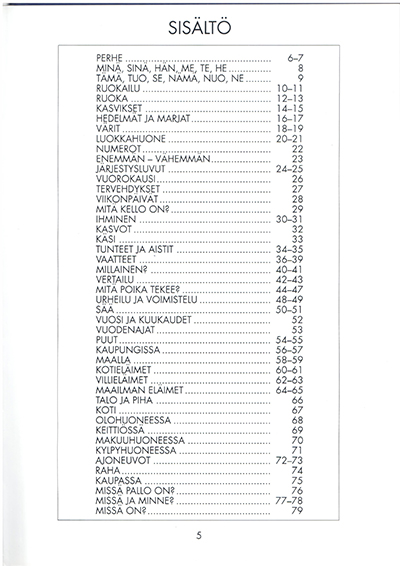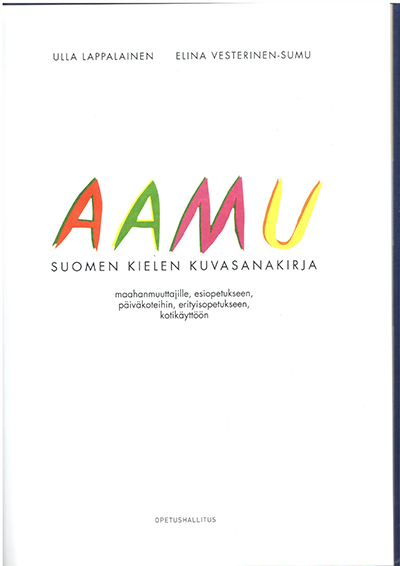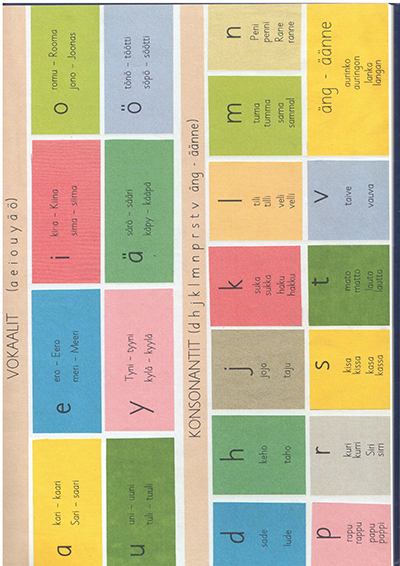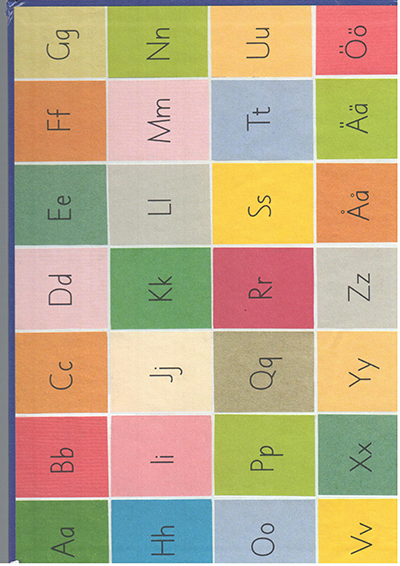| Sorted by date | |||
page213from Building Ideas
Conclusion
Towards a “Critical” Hermeneutics
The use of the word “hermeneutics” in the
title of this conclusion is not meant to suggest another discipline which might
replace all the others. Hermeneutics today is a problematic term because of its
historical associations, but I am using it in the broadest sense to mean the
general practice of interpretation. Chapters 1 and 2 of this book set out two
contrasting schools of thought ... more ...
|
|||
|
|
|||
page211from Building Ideas
“text”, all objects have a dual potential
as modes of practice and modes of critique. The merging of theory and practice
into a broader, more critical discipline, will be discussed in the conclusion
of this book under the general heading of “hermeneutics”.
... more ...
|
|||
|
|||
|
|
|||
page210from Building Ideas
Both
the historicist and the poststructurlist tendencies correctly pointed to the
failures of the modern movement’s instrumental rationality, its narrow
teleology, and its overblown faith in technology, but these two positions have
erred in another direction in their abjuration of all realms of the social and
in their assumption that form remains either a critical or affirmative tool
independent of social and economic processes. That contemporary architecture
has become so much about surface image and play, and that its content has
become so ephemeral, so readily transformable and consumable is partially a
product of the neglect of the mater... more ...
|
|||
|
|||
|
|
|||
page209from Building Ideas
12 Ralph Erskine –Byker Wall Housing,
Byker, Newcastle-upon-Tyne, 1969-80.(Jonathan Hale)
 ... more ... ... more ...
|
|||
|
|||
|
|
|||
page208from Building Ideas
with
pockets of alternative architecture, which, to make a revolutionary impact,
would have to infiltrate the existing constraints.38
In Britain in the 1980s this approach
gained a strong following under the banner of “community architecture”, and
with the sponsorship of the Prince of Wales. One of the best known and most
successful examples of this is the Byker Wall housing in Newcastle, where an
existing community was transplanted into a range of individually tailored
house-types. Its architect, Ralph Erskine, part of the post-... more ...
|
|||
|
|||
|
|
 ... ...
... ... ... ...
... ... ... ...
... ... ... ...
... ... ... ...
... ... ... ...
... ... ... ...
... ... ... ...
... ... ... ...
... ... ... ...
... ... ... ...
... ... ... ...
... ... ... ...
... ... ... ...
... ... ... ...
... ...